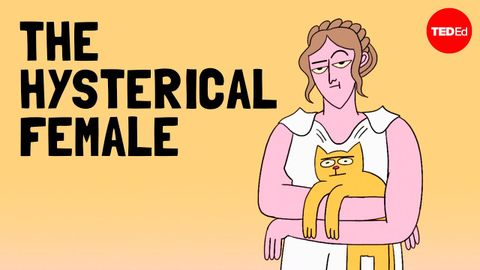ヒステリーとは何か、なぜ多くの女性がヒステリーと診断されたのか?- マーク・S・ミカレ (What is hysteria, and why were so many women diagnosed with it? - Mark S. Micale)
nickyantony87 が 2024 年 09 月 25 日 に投稿  この条件に一致する単語はありません
この条件に一致する単語はありませんUS /æŋˈzaɪɪti/
・
UK /æŋ'zaɪətɪ/
US /dɪˈprɛʃən/
・
UK /dɪ'preʃn/
- n. (c./u.)うつ病;不景気;鬱病;不況;低気圧;窪み
US /ˈɛvɪdəns/
・
UK /'evɪdəns/
- n. (c./u.)条件;期間;学期;用語;関係;項;妊娠期間;任期
- v.t.称する
エネルギーを使用
すべての単語を解除
発音・解説・フィルター機能を解除
